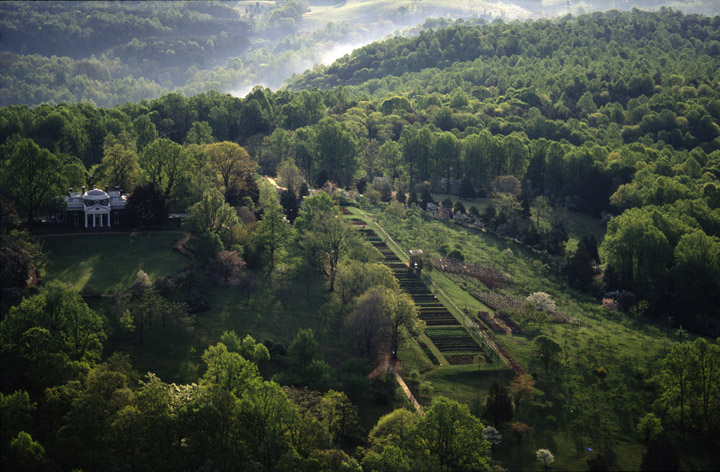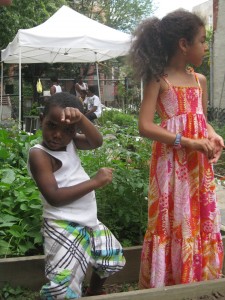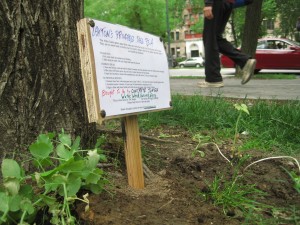 Monticello is the Virginia plantation that Thomas Jefferson spent 41 years building and the home to which he brought all of the inventions of clever common sense he found in Europe or Antiquity’s texts: a machine that duplicates with one pen on a piece of paper the motion of the pen worked by a human hand on another; a Lazy Susan for books; a clock to hang in a continent of folks who’d never seen one. He invented a plow and designed into the house components so simple as to be plucked from the seed of artfulness just before passing the threshold of “invention”: a weather vane on the roof attached to swing a compass on the ceiling of the vestibule; the weights that turned the clock unspooling up the wall along a seven-day calender, telling the time.
Monticello is the Virginia plantation that Thomas Jefferson spent 41 years building and the home to which he brought all of the inventions of clever common sense he found in Europe or Antiquity’s texts: a machine that duplicates with one pen on a piece of paper the motion of the pen worked by a human hand on another; a Lazy Susan for books; a clock to hang in a continent of folks who’d never seen one. He invented a plow and designed into the house components so simple as to be plucked from the seed of artfulness just before passing the threshold of “invention”: a weather vane on the roof attached to swing a compass on the ceiling of the vestibule; the weights that turned the clock unspooling up the wall along a seven-day calender, telling the time.
Jefferson imagined an America of gentlemen farmers. He himself was a farmer, would have been a gardener were it not for the free labor of 200-odd slaves whom the museum now refers to as “enslaved workers.” I like how it shifts the emphasis.
Jefferson considered the introduction of horticultural wonders a responsibility. His slaves cut his vegetable garden out of the side of the mountain with hand tools. They created a small bluff over sloping fields he would try unsuccessfully forever to turn into a vineyard. The garden was dinner, botanist’s experiment, and showpiece. It included a pavilion with a pyramidal roof and a reading bench.
The garden is kind of awesome. Continue reading


